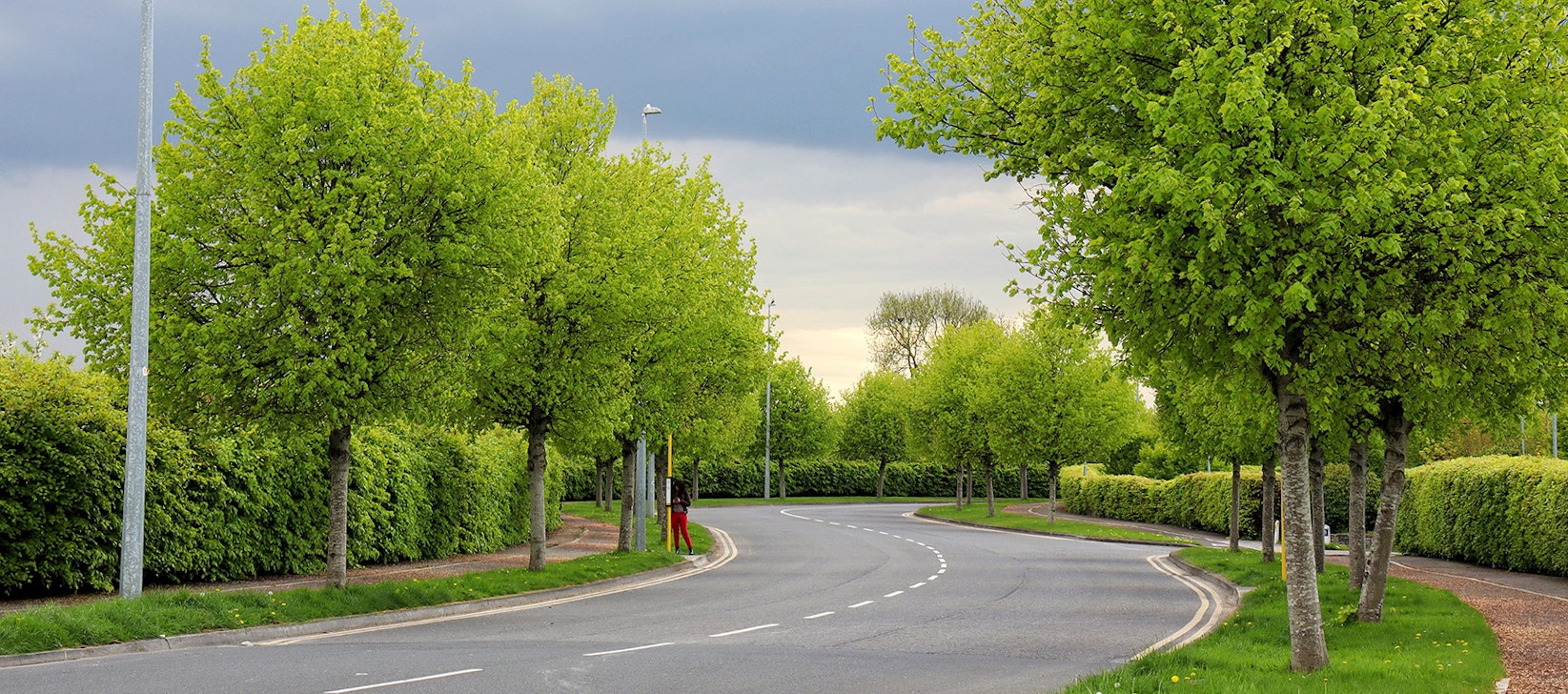Under our Climate Law, we are bound to reduce our overall emissions by 51% by 2030, moving to net zero by 2050. Dublin, as our capital city, has an important part to play in meeting those targets.
As both a Dublin City TD and Minister, I see a number of key areas we need to focus on in the coming years to meet those targets and where the opportunities lie to improve our city and make it a really attractive
place to live, work and visit.
Addressing transport challenges
In Dublin we currently face two massive challenges – climate and gridlock. Changing how people move around the city is critical to addressing both those challenges.
The need for fast action is clear as despite a brief fall in transport emissions due to Covid restrictions, they are starting to rise again. This will not be easy as it means we must reverse our car-based lifestyle in less than a decade. The way forward has to be one that prioritises active
travel and public transport.
We recently published the 20-year transport strategy for the Greater Dublin Area (GDA) setting out how we can deliver a better transport system for the capital – one that will be cleaner, faster and better value for money.
Metro, which has been planned for 25 years, is finally happening and the proposed doubling of DART capacity and the massive expansion of the Luas network will be transformational in providing a reliable, low carbon rail
network.
While these projects will be delivered over the coming decades, the really critical time for change is the next three years. Last November I launched 35 Pathfinder Projects across the country – exemplar schemes that can and will be delivered by the end of 2025 while the bigger projects are being advanced through planning.
For Dublin, this means altering the city traffic management system to radically improve the pedestrian, cycling and bus passenger environment, increasing green last mile deliveries, creating shared mobility hubs and the pedestrianisation of College Green and surrounding streets.
I see no reason why Dublin should not be like Copenhagen or Amsterdam. We are a flat, relatively dry city where most trips are still quite short. Dublin’s new Active Travel Network Scheme will also deliver improvements for cycling but the timelines on all these projects need to be rapidly reviewed and brought forward.
Climate and energy action is crucial
Never has it been so important economically, environmentally, and socially to increase renewables and energy efficiency. Decarbonising our energy system is core to our climate ambitions and I believe Dublin can
and will be at the forefront of that.
This year we will see great progress on the Dublin District Heating project which will provide clean, lower cost power to homes and businesses using heat from the Waste to Energy plant in Ringsend.
As an Island, offshore wind is our trump card, and this will be delivered in a way that also protects our marine habitats including the Dublin Bay Biosphere. The Dublin Grid upgrade by Eirgrid, which will inevitably cause some disruption in the city, will be critical to delivering on our renewable energy commitments and providing clean, cheaper and reliable energy.
The National Retrofit Plan has been incredibly successful providing supports for thousands of homes and businesses making them more energy efficient and cheaper to run, while also creating jobs. We are putting solar panels on every school in the city and examining how to upgrade our public housing schemes and buildings.
As a low-lying coastal city, Dublin is vulnerable to the risks of climate change, yet it is also well placed to build up climate resilience. Improving our flood defences, increasing green infrastructure, investing in sustainable transport and clean energy, developing compact high-density housing and moving towards a circular economy will all help to protect us from the impacts and reduce emissions, while improving quality of life.
The need for fast action is clear as despite a brief fall in transport emissions due to Covid restrictions, they are starting to rise again. This will not be easy as it means we must reverse our car-based lifestyle in less than a decade. The way forward has to be one that prioritises active travel and public transport.
We know that citizen engagement is key to success and the recently announced Community Climate Action scheme will help to empower people to take action in their own communities. Initiatives such as Smart Cities are central to providing the data we need to plan effectively and create a connected city.
Future Dublin
There is no denying the challenges we face in making the transition to a low carbon city. But counting ourselves out is not an option. I believe people and businesses already understand that this transition will be good for our quality of life and for the success of our economy. It may take a couple of years, but we have already done the crucial groundwork. Now it’s all about delivery – every day, every month, every year, so that we not just cut our emissions but create a capital city we can all be proud of: a decarbonised, city with cleaner air and water; with warmer homes that are cheaper to heat; where walking and cycling are safe, public transport is greener and more frequent; a city with a more circular economy; where we can look our children and grandchildren in the eye. This is the real change we need and I look forward to this future Dublin.





